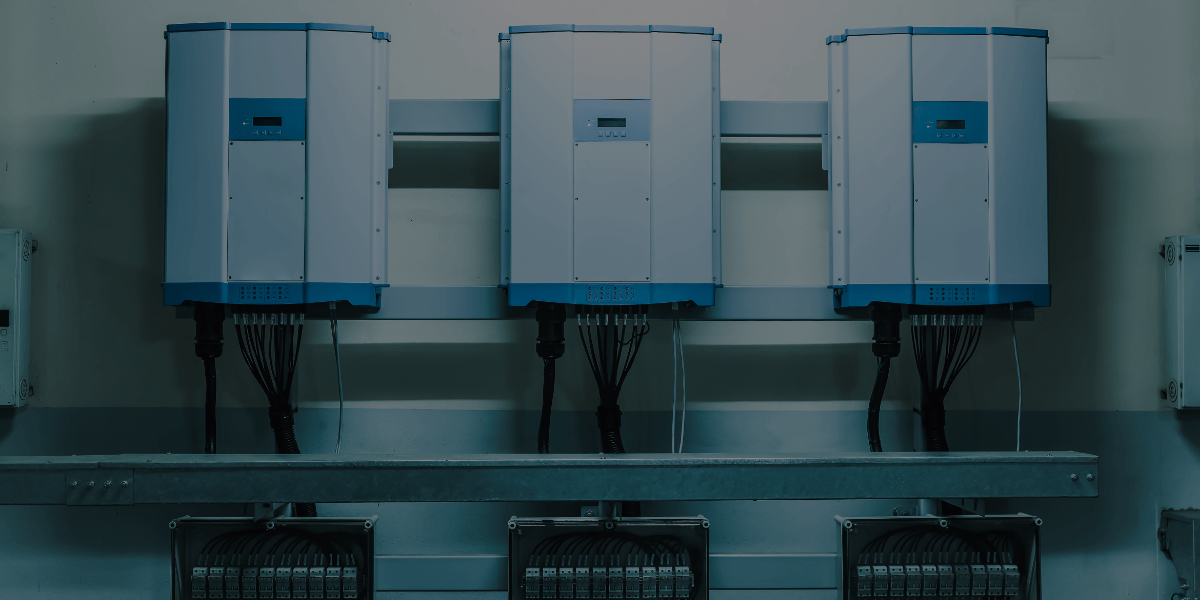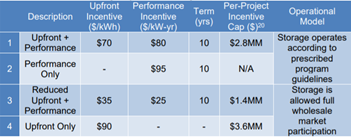Summary:
The Connecticut Public Utilities Regulatory Authority (PURA) issued aFinal Decision on July 28, 2021, that approved an incentive program that includes performance-based (PBI) and upfront incentives for both commercial and industrial (C&I) and residential energy storage system (ESS) projects. This 9-year program has a goal of deploying 580 Megawatts (MW) of storage by 2030, contributing 58% to the statewide target of 1,000 MW established inPublic Act No. 21-53. The initiative is a result of the Authority’s “Equitable Modern Grid Decision” which entails primary objectives of grid resiliency, DER deployment support, ancillary service, and peak shaving.
Key Provisions:
- Start date of January 1, 2022
- Customers must be in either Eversource or United Illuminating utility territories.
- Both behind-the-meter (BTM) and front-of-the-meter (FTM) configurations are eligible.
- AC and DC-coupled battery systems, as well as standalone systems, can participate.
- Systems are eligible to receive performance-based incentive payments, made as annual lump sums, for 10 years.
- The upfront incentive for Commercial and Industrial (C&I) participants is capped at 50% of the cost of the electric storage system for all customer classes. For Residential, the upfront incentive cap is $7,500 per participant.
- Incentive amounts listed below are based on the Final Decision linked above and are subject to change. Final incentive levels are to be submitted for Authority review by October 1, 2021.
Commercial and Industrial Upfront Incentive
Residential Upfront Incentive
Performance-based Incentive
Front-of-the-Meter Incentives
What’s the bottom line?
Next year Connecticut’s net metering policy will be changing. Currently, the state offers full-retail net metering, meaning that any excess electricity generated by a solar PV system and sent to the electric grid is valued at the same rate as electricity provided to the consumer by the electric distributing utility (EDC). Currently slated for January 2022, the same time this incentive becomes available, the state will be implementing a new “net metering” program that entails two compensation options.
The first option made available to solar customers will be a buy-all/sell-all tariff, this is where all solar power produced is sent back to the grid and purchased at a rate set by PURA, likely to be much lower than the retail rate. The second option mirrors the current full-retail net metering policy but with two very important changes – excess generation (kWh) will have a monthly true-up and the monetary credits as a result of the true-up will rollover indefinitely – meaning the only way a customer will receive a payout will be if they close their account with the utility. It is important to note that solar installations currently operational and solar installations that apply for interconnection prior to January 1, 2022, will be grandfathered under the current net metering program until December 2039.
The change in NEM policy will make this incentive even more desirable. Being one of the more lucrative ESS incentive programs we’ve seen, we fully expect developers to start lining up projects now in anticipation of capacity hastily being reserved come January. Within the Authority’s Final Decision, PURA states that the upfront declining block incentive structure proposed “aligns with the Program Objectives to lower barriers to entry for electric storage deployment in Connecticut.” When you add in the performance-based incentive along with the fact that many Connecticut C&I electric customers are serviced under rate tariffs with very high demand charges, such as the standard Small General Service rate offered by Eversource, formerly Connecticut Light & Power, which has demand charges totaling almost $23/kW, the addition of an energy storage system seems like a no-brainer.
Updates in ETB Developer
We have added the Commercial and Industrial upfront incentives (small commercial, large commercial and industrial) globally into our database. We will separately be adding the performance-Based Incentives at a later date.
As part of ournew v4 ETB Developer release, we now have the ability to track Net Energy Metering (NEM) program details natively at the rate schedule level to further streamline project modeling for users. We will separately announce when we’ve updated the NEM tariff rules for global rate tariffs in Connecticut.
Key Links:





